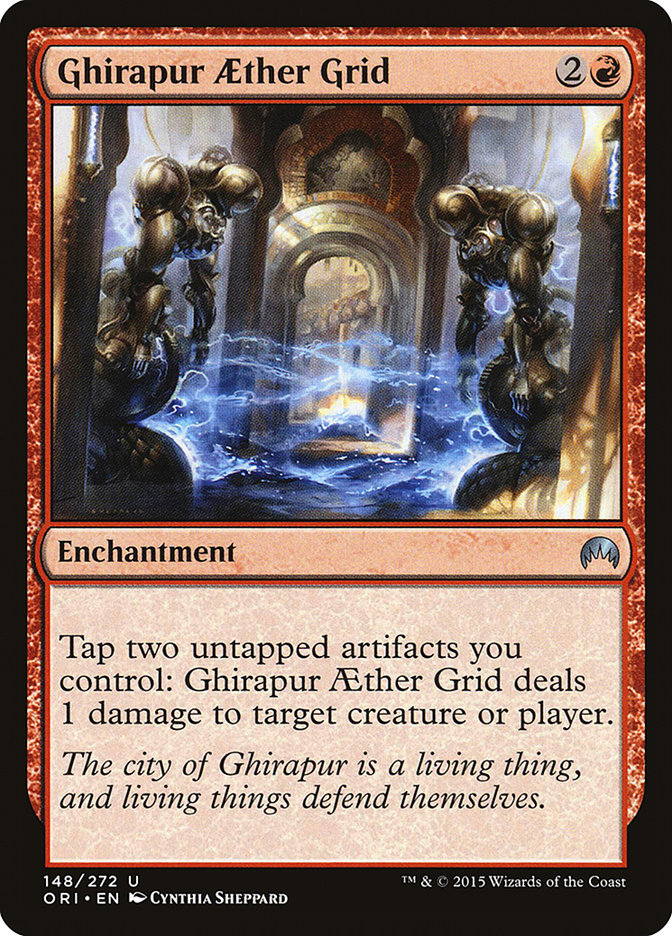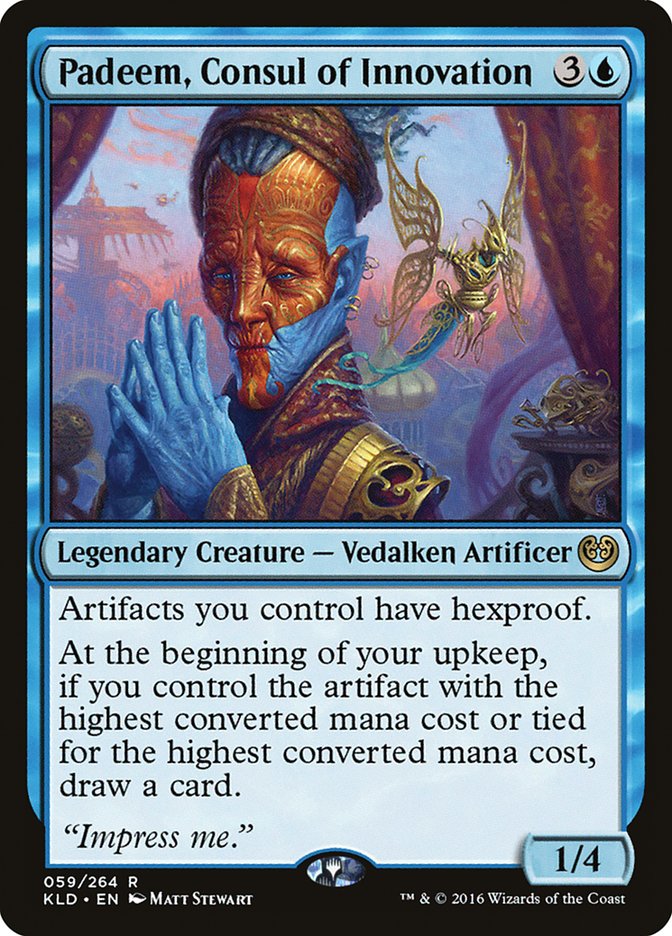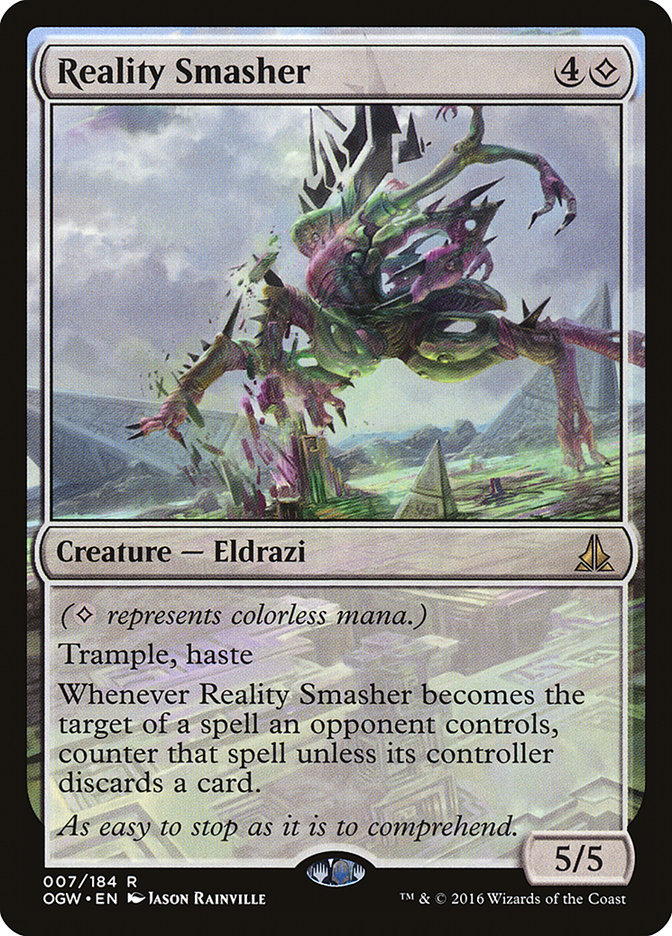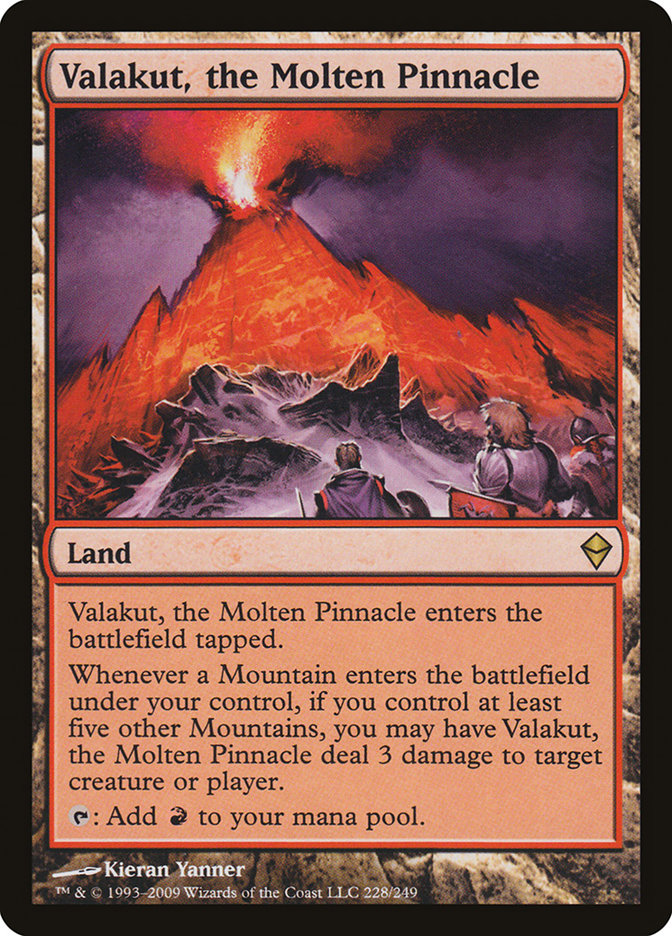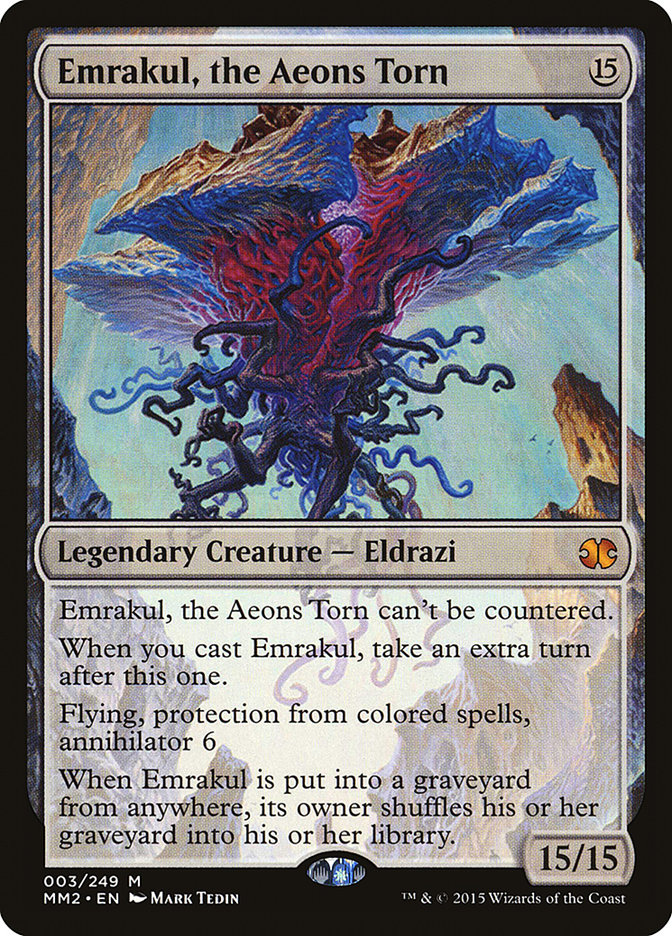It’s good to be back!
Some of you may recognize me from the SCG Tour. I was a member of Team MetaGameGurus.com and I finished atop the SCG Leaderboard for Season 2 in 2016. However, with a little bit to go in the season, I left the competitive scene to take a job at Wizards of the Coast.
Magic has always been a huge part of my life ever since I was sixteen and first found out about the game. I’ve always been a competitive player and wanted to compete at the highest level. I’ve played on eight Pro Tours, and I have both a Grand Prix and an SCG Invitational Top 8. Although it was very hard to give up playing competitively, I took the job at Wizards because I wanted to give back to the game that has given me so much, and also gain experience in the game design industry.
Enough About All That
Let’s get down to the Magic, and more specifically the Modern. Leading into SCG Syracuse, I was pretty excited to play some competitive Magic after a year of not being able to do so. Although working at Wizards was an absolute blast, there really is nothing like being in a competitive Magic tournament.
I had been playing a lot of Lantern Control on Magic Online and doing fairly well with it. I’m going to talk a little bit about my preparation for the tournament with Lantern, give you some insight into the deck, and extrapolate it into some Magic lessons as well. This is the Lantern Control deck I registered for the Classic, which I liked better than my Open list:
Lands (18)
Spells (42)

Playing Lantern Control is not for the faint of heart, and it’s certainly not for everyone. If you don’t know what the deck is trying to do, its main goal is to get Lantern of Insight and Ensnaring Bridge onto the battlefield. From there, your objective is to mill the opponent with cards like Codex Shredder so you can manipulate the top card of your opponent’s deck and control their draws for the entire game. With the help of Academy Ruins, you eventually will mill your opponent out.
The flex slots in the main deck are one Surgical Extraction and two Mishra’s Bauble. You can configure the discard as you wish, but I think Thoughtseize is way more important for the matchups you need help with. I really like Surgical Extraction because it’s a way to outplay your opponents, get them in their draw step as a discard spell, and shuffle your opponent’s deck. The Mishra’s Baubles shine in the hands where you have it along with Mox Opal, but I frequently sideboard them out, so they aren’t necessary. As for the sideboard, I’ve seen a fair amount of people have both these cards:
I think these cards are pretty much a waste of sideboard slots. You do not need Ghirapur Aether Grid to win games and Padeem is four mana, which is a lot for this deck. I think both cards are hot garbage and it would take me a lot of explaining to get me to sway on that stance. Gaddock Teeg is a cool card that can shine in some matchups like Ad Nauseam and Scapeshift. I didn’t play against Death’s Shadow at the event, but I think Circle of Protection: Black could be a really nice way to lock them out of a game. I think I would add a Ray of Revelation to the sideboard going forward as well, perhaps over Nature’s Claim.
As I mentioned before, I played a lot of Lantern Control on Magic Online before this event. Playing a deck in real life is a lot different from playing on Magic Online, as least for me, and this is definitely the case for Lantern Control. I much prefer playing in real life, as I’m far too impatient for Magic Online. F6 and I have been best friends for many years, and sometimes that can lead to skipping your turn in the middle of a match of Magic.
Oddly enough, Lantern is much easier to play online than in real life. All those incidental triggers and the actual mechanics of playing with the top card of your library revealed are very difficult to do with no real-life experience. That leads us to our first lesson:
Lesson Number One: Get reps of your deck in real life before a tournament.
Even if you think the deck you are going to play is relatively easy to play, I promise you it will give you great benefits to play a handful of games with a friend before the tournament starts. I got a feature match in Round 1 of SCG Syracuse, and you’ll notice I made a few mistakes. I missed a lifegain trigger off Inventors’ Fair, I failed to activate Pyxis of Pandemonium on a few turns, and I’m sure there were some other things as well. Some of that was sheer rust and a lot it was just that it was literally my first time playing the deck in real life. This could have been avoided, but I procrastinated, and I was more focused on hanging out with my friends, whom I hadn’t seen it quite a while. Regardless, I managed to take the match down with a very sweet Pyxis play that can be seen here:
It was my choice to play Lantern Control this weekend despite not getting any games outside of Magic Online. To be fair, I have played this deck a lot on Magic Online and I didn’t really think it would be as difficult as it was, but I was wrong. I could have played better; I went 2-2-1 in the Open and 2-3 in the Classic. Would you like to guess how many of those five losses were very likely my fault? Four, and probably even five! This leads to our second lesson:
Lesson Number Two: Take responsibility for your actions.
I see so many Magic players quickly blame things like mana screw or luck on them losing a game or a match. Well, while I’m sure you could be the most unlucky person in the entire world, did you ask yourself some questions? What could I have done differently? Should I have mulliganed my opening hand? Did I sideboard correctly? There are many questions you need to ask yourself before you blame something like luck on whether or not you won a game of Magic. If you are serious about getting better at Magic, then I implore you to do that instead of finding an excuse.
Lesson Number Three: Ask yourself, “Is the juice worth the squeeze?”
For Pro Tour Khans of Tarkir, I played U/B Control with Perilous Vault and I look back on it as a pretty big mistake. For starters, I’m not Ivan Floch, and, more importantly, the juice just wasn’t worth the squeeze. I’m a control player at heart, but at that tournament, I had to play more correctly with U/B Control than I would have had to with a deck like Abzan Midrange.
I’m not saying to play decks that are easier to play, but I am saying that there are decks that are just going to naturally make your tournament harder for not that much upside. If U/B Control were 85% against the field, I would try to learn how to master it. But it just wasn’t, and I was grinding with a difficult deck to probably squeak out 55%, if that, against any given matchup.
When playing a deck in a tournament for any format, you need to ask yourself, “Is the juice worth the squeeze?” I won’t be at SCG Richmond this upcoming weekend, but if I were, I likely wouldn’t play Lantern Control again. The deck is quite good, but it is also very difficult to play 100% correctly, and with a deck like Lantern, you need to be playing correctly 100% of the time.
With decks like Eldrazi Tron and Scapeshift running around, Lantern isn’t in great position. Also, Modern is such a diverse format that every tournament you play is going to be vastly different from the next. Although Lantern has a lot of its bases covered, it’s hard for any control deck to overcome such diversity of matchups.
So what would I play in SCG Richmond if I were going? It’s difficult to say. There is always old reliable in Death’s Shadow. I’m kind of curious why Grixis is the go-to Death’s Shadow color combination. I fully understand that Kolaghan’s Command is a very powerful Magic card, but so are Abrupt Decay and Tarmogoyf… and I am a Sultai player at heart. Perhaps something like this:
Creatures (16)
Planeswalkers (1)
Lands (19)
Spells (24)

This deck does suffer from not having Terminate to kill an opposing Tasigur, the Golden Fang or Gurmag Angler, so it may be better to just play Grixis. Also, Temur Battle Rage is a pretty good card that allows you to combo kill other combo opponents more quickly.
One last deck I would like to talk about is a Modern deck that is very near and dear to my heart. Don’t worry, people; I haven’t forgotten my roots. If you think I’m not trying to make Jeskai Control with Nahiri, the Harbinger happen, then you’re crazy!
This is where I am currently:
Creatures (6)
Planeswalkers (4)
Lands (24)
Spells (27)

Other viable sideboard cards include Geist of Saint Traft and Stony Silence.
With Death’s Shadow and Eldrazi Tron running rampant, I need to get a ton of reps in with this deck before I can fully support it. This is mostly theorycrafting and I’ve only played a few games with it so far. Remand seems like it’s currently in a pretty bad spot in Modern, but perhaps it’s still doable. I’ve opted to leave it out, but I’m sure I will try it again and see where I am.
I still like Nahiri, as it seems about as hard to answer on an empty battlefield as it was a year ago before I left for Wizards. I like Spreading Seas quite a bit in the current metagame; perhaps a control deck that plays it and the Saheeli Rai / Felidar Guardian combo is another interesting route.
Being back playing Magic this weekend was an absolute blast, and even though I didn’t do well, I had a lot of fun hanging out and seeing friends I haven’t seen in a while. I’m looking forward to Grand Prix Denver, Indianapolis, and Washington, D.C. If you happen to see me at any of those events, feel free to say hi!


